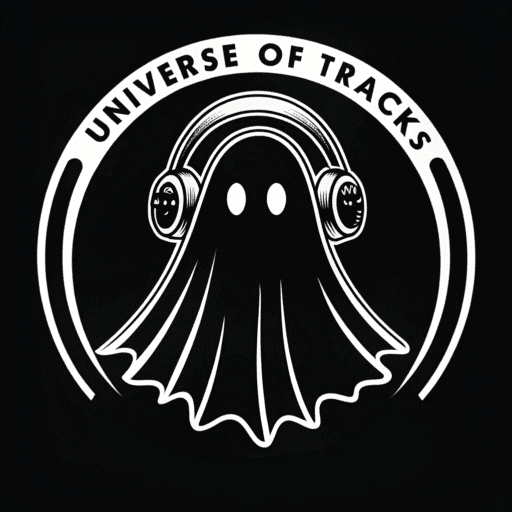The Ultimate Guide to Sidechain Compression
Sidechain compression is one of the most powerful and essential techniques in modern music production, especially in electronic genres. It’s the secret behind the “pumping” sound of a House track and the reason a kick drum can sound so clean and powerful even with a massive bassline playing alongside it.
But what exactly is it? In simple terms, sidechain compression is using the audio signal from one track to trigger a compressor on another track. When the trigger track (e.g., a kick drum) hits, the compressor reduces the volume of the target track (e.g., a bassline). This creates space in the mix, adds rhythmic energy, and ensures clarity.
This guide will walk you through everything you need to know to master this fundamental technique.
The Classic Use Case: Kick & Bass
The most common use of sidechain compression is to resolve the classic conflict between the kick drum and the bass. Both instruments live in the low-frequency spectrum and often fight for the same space, which can result in a muddy, undefined low end. Sidechaining elegantly solves this.
Here’s how to set it up in any DAW:
- Load a Compressor: Place a compressor plugin on your bass track.
- Enable the Sidechain Input: Find the sidechain (or “SC”) input section on your compressor and enable it.
- Select the Trigger Source: In the sidechain input menu, select your kick drum track as the source. Now, the compressor on the bass track is “listening” to the kick drum.
- Set the Compressor Settings:
- Threshold: Lower the threshold significantly. You want the compressor to react strongly every time the kick hits. A good starting point is around -20dB to -30dB.
- Ratio: Set a high ratio, anywhere from 4:1 to 10:1. A higher ratio will create a more aggressive “ducking” effect.
- Attack: Use a very fast attack time (e.g., 1-5 ms). You want the bass to get out of the way instantly when the kick hits.
- Release: This is the most crucial setting. The release time determines how quickly the bass returns to its normal volume after the kick has played. A short release creates a sharp, aggressive pump. A longer release, timed to the tempo of your track, creates a smoother, groovier pump. Start around 50-80 ms and adjust by ear to fit the rhythm.
Now, play your kick and bass together. You’ll hear the bass “duck” in volume every time the kick plays, creating a clean, powerful, and rhythmic low end.
Creative Sidechain Techniques
Sidechaining isn’t just for kicks and basses. It’s a creative tool.
- Pumping Synths & Pads: In many House, Trance, and Pop tracks, the main synth pads are sidechained to the kick drum. This creates the iconic “pumping” or “breathing” effect that makes the whole track groove.
- Creating Space for Vocals: Place a compressor on a reverb or delay bus and sidechain it to the main vocal track. This way, the reverb effect is “ducked” while the vocalist is singing, but blooms beautifully in the gaps between words, creating a sense of space without washing out the vocal.
- Using a “Ghost Kick”: Sometimes you want the pumping effect without having a four-to-the-floor kick drum. Create a separate kick track, write a simple 4/4 pattern, and then mute the track. Use this muted “ghost kick” as the sidechain trigger for your pads or bass. You get the rhythm without the sound.
Conclusion
Mastering sidechain compression is a rite of passage for any producer. It’s the key to achieving clean, powerful mixes with a professional sense of rhythm and energy. Experiment with it on different elements, listen carefully to the attack and release times, and it will quickly become one of the most valuable tools in your production arsenal.

